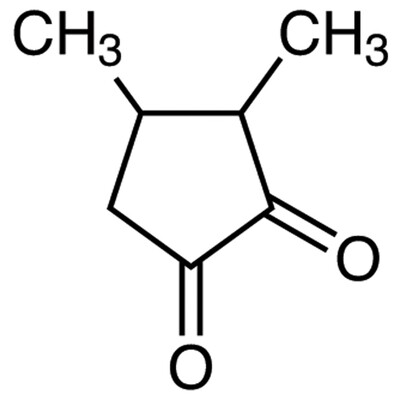Dysprosium carbonate hydrate 99.999% 25 g
SKU 903544
€ 209,25
In stock
1
Save this product for later
Dysprosium carbonate hydrate 99.999% 25 g
Product Details
CAS number: 38245-35-1
Chemical formulas: Dy(CO3)3 . x H2O/ F.W. 505.30
Cation: Dy
Packaging: 25 g
EAN: 8721028223289
Brand: Laboratoriumdiscounter
Dysprosium carbonate hydrate is a rare earth compound that is used in various applications, including as a catalyst in chemical reactions and as a component in high-performance magnets. Its unique properties make it an essential element in the production of advanced technologies, such as lasers, nuclear reactors, and electric vehicles. Discover the potential of dysprosium carbonate hydrate and its significant role in shaping the future of sustainable energy and technological advancements.
When working with Dysprosium carbonate hydrate, it is important to follow certain safety instructions to ensure your well-being and minimize any potential risks. Here are some short safety instructions to consider: 1. Personal Protective Equipment (PPE): Always wear appropriate PPE, including gloves, safety goggles, and a lab coat or protective clothing, to protect your skin, eyes, and clothing from potential contact with the chemical. 2. Ventilation: Work in a well-ventilated area or use a fume hood to prevent the inhalation of any fumes or dust particles that may be released during handling or mixing. 3. Handling: Handle Dysprosium carbonate hydrate with care, avoiding any direct contact with your skin or eyes. Use suitable tools, such as tongs or spatulas, to minimize exposure. 4. Storage: Store Dysprosium carbonate hydrate in a cool, dry, and well-ventilated area, away from incompatible substances. Keep the container tightly closed when not in use. 5. Spills and leaks: In case of spills or leaks, immediately contain and clean up the material using appropriate absorbent materials. Avoid creating dust or spreading the substance further. 6. Waste disposal: Dispose of Dysprosium carbonate hydrate and any contaminated materials according to local regulations and guidelines. Do not dispose of it in regular trash or down the drain. 7. Emergency procedures: Familiarize yourself with the appropriate emergency procedures, including the location of safety showers, eyewash stations, and fire extinguishers, in case of accidental exposure or fire. 8. Training and knowledge: Ensure that you have received proper training and have a good understanding of the properties, hazards, and safe handling practices associated with Dysprosium carbonate hydrate before working with it. Remember, these are general safety instructions, and it is essential to consult the specific safety data sheet (SDS) and follow any additional guidelines provided by the manufacturer or your institution.
Please note, not all safety data for this product is available on our website, for a complete list of P en H sentences and other safety instructions please request the MSDS at our customer service
You May Also Like

2-Amino-4-(4-pyridyl)thiazole, 97.0%, 10g
2-Amino-4-(4-pyridyl)thiazole, 97.0%, 10g
SKU F017429-10G
€ 191,40

Benzyl pyrazolidine-1-carboxylate, 95.0%, 5g
Benzyl pyrazolidine-1-carboxylate, 95.0%, 5g
SKU F323139-5G
€ 936,10
Powered by Lightspeed
Display prices in:EUR




![N,N-Dimethylformamide Dibutyl Acetal [for Esterification]>98.0%(T)25mL N,N-Dimethylformamide Dibutyl Acetal [for Esterification]>98.0%(T)25mL](https://d2j6dbq0eux0bg.cloudfront.net/images/88473019/4044935067.jpg)

![(1H-Benzo[d]imidazol-4-yl)methanamine hydrochloride, 95.0%, 500mg (1H-Benzo[d]imidazol-4-yl)methanamine hydrochloride, 95.0%, 500mg](https://d2j6dbq0eux0bg.cloudfront.net/images/88473019/4762864320.png)
![N-Methyl-N′-[1-(1-methylethyl)-1H-pyrazol-5-yl]-2-furancarboximidamide, 250mg N-Methyl-N′-[1-(1-methylethyl)-1H-pyrazol-5-yl]-2-furancarboximidamide, 250mg](https://d2j6dbq0eux0bg.cloudfront.net/images/88473019/4772099622.png)



